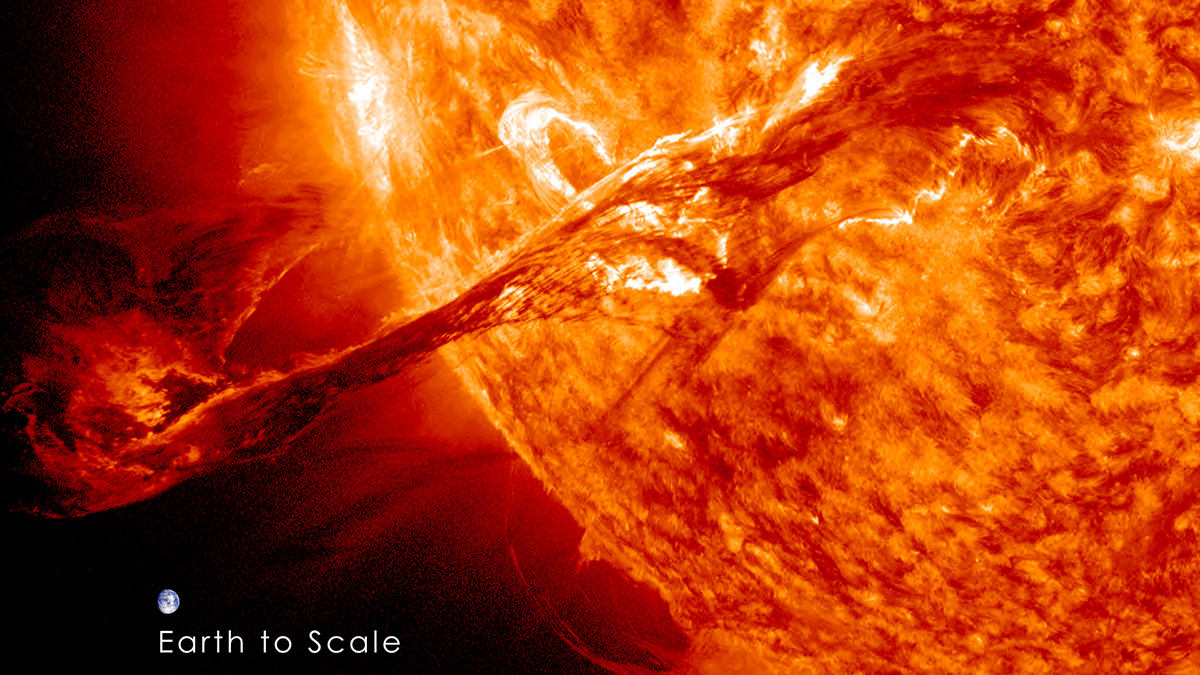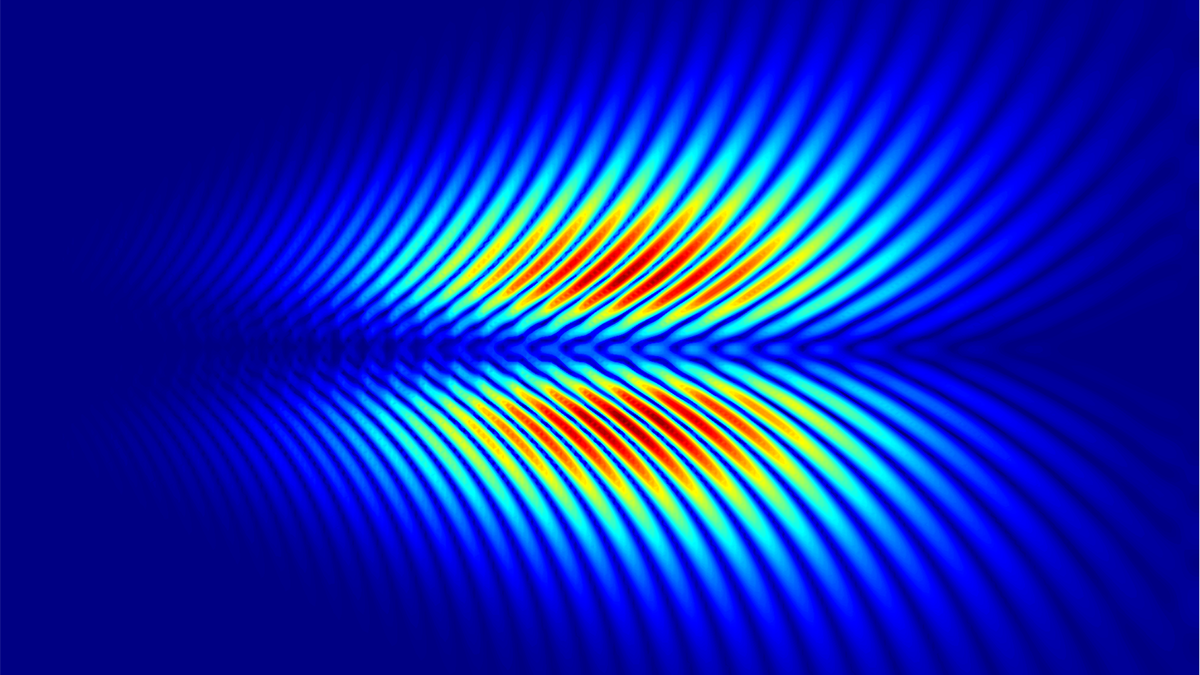After a decade-long search, scientists captured a type of elusive aurora on camera.
the Sun
Coronal Mass Ejection Gives Earth’s Magnetosphere Rare “Wings”
A massive disturbance in the solar wind caused Earth’s magnetosphere to fly without its usual tail.
Open-Source MAGPRIME Supports Space Magnetism in the Heliosphere
MAGPRIME is a library of magnetic interference removal algorithms, including benchmarks, that can aid in the design of spacecraft by providing simulations to determine optimal magnetometer placement.
Spiral Waves May Explain the Sun’s Baffling Rotation
New observations and models show a connection between high-latitude waves in the Sun’s interior and the different rates of spin between the solar equator and poles.
Total Eclipse of the Sun
Things are looking up as millions of North Americans prepare to be dazzled by a celestial spectacle.
Eclipse Science Along the Path of Totality
When a total solar eclipse sweeps across the United States on 8 April, scientists and enthusiasts alike will be there to document it.
The End of the Eclipse
Scientists are studying how the Earth–Moon distance has changed over time, and what effect that change might have had on our planet. Future changes will extinguish total solar eclipses entirely.
Exploring Alfvén Waves Across Space—and Disciplines
A new book presents an interdisciplinary review of Alfvén wave research, sharing the latest insights from the solar, planetary, and terrestrial sciences.
Low-Level Clouds Disappear During a Solar Eclipse
Cumulus clouds rapidly dissipate as the land surface cools, a finding that has implications for Sun-obscuring geoengineering efforts.
Passing Stars Shorten Earth’s Time Horizon
Stars in the solar neighborhood could jostle planetary orbits, making it harder to turn back the clock and examine Earth’s orbital or climate history.










